Affiliate links on Android Authority may earn us a commission. Learn more.
Calm vs Headspace: Which meditation app is right for you?
Published onFebruary 19, 2024
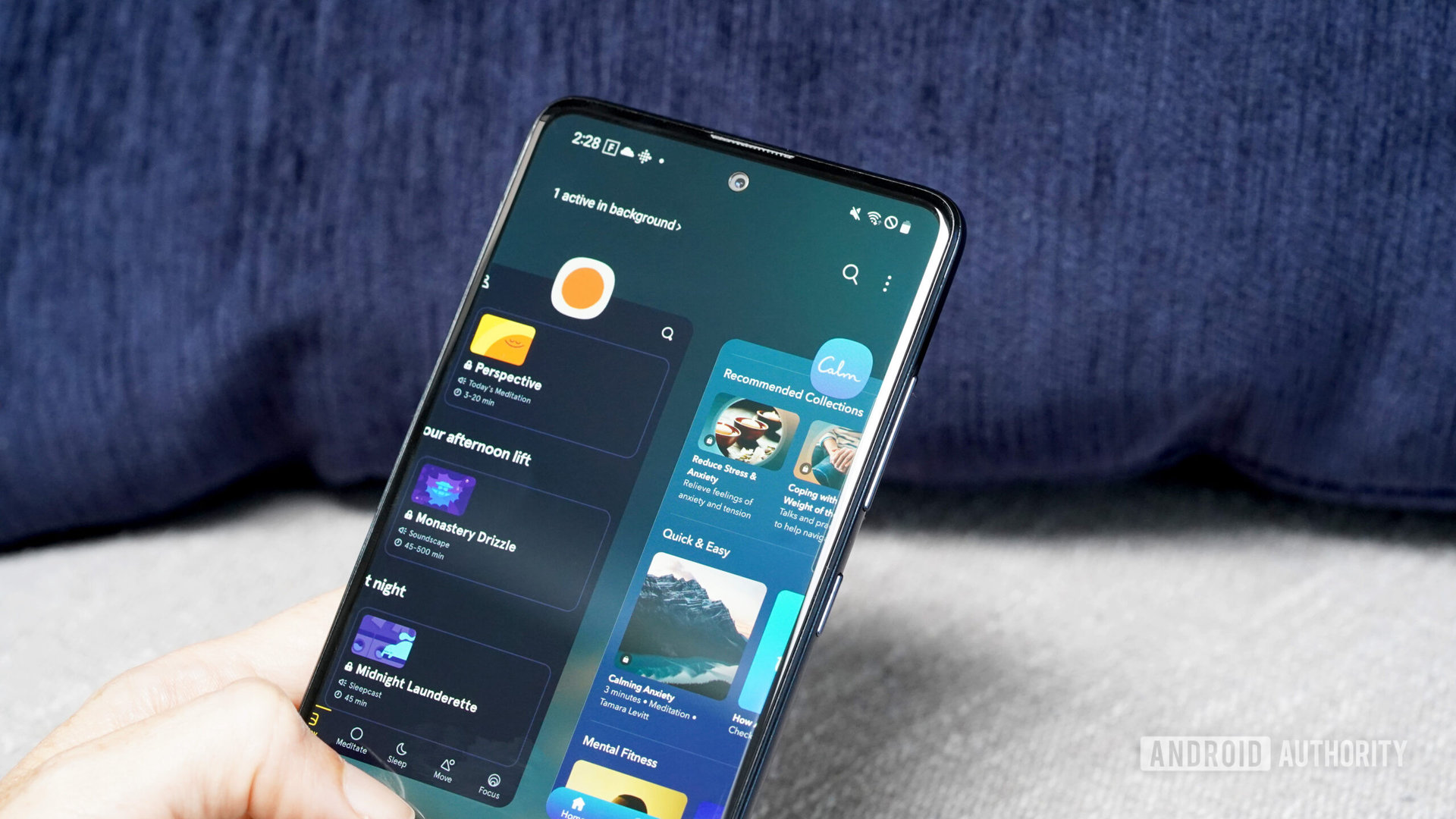
It’s no secret that meditation can be a powerful tool against stress and anxiety, and it can even help those struggling to get proper shuteye. Many apps aim to make mindfulness training easier by putting tools, content, and guidance in the palm of your hand. To get started, you’ll need to determine which app is best for you. We compare Calm versus Headspace to find out what two of the most popular meditation apps have in common (and what they do differently).
Why use a meditation app?
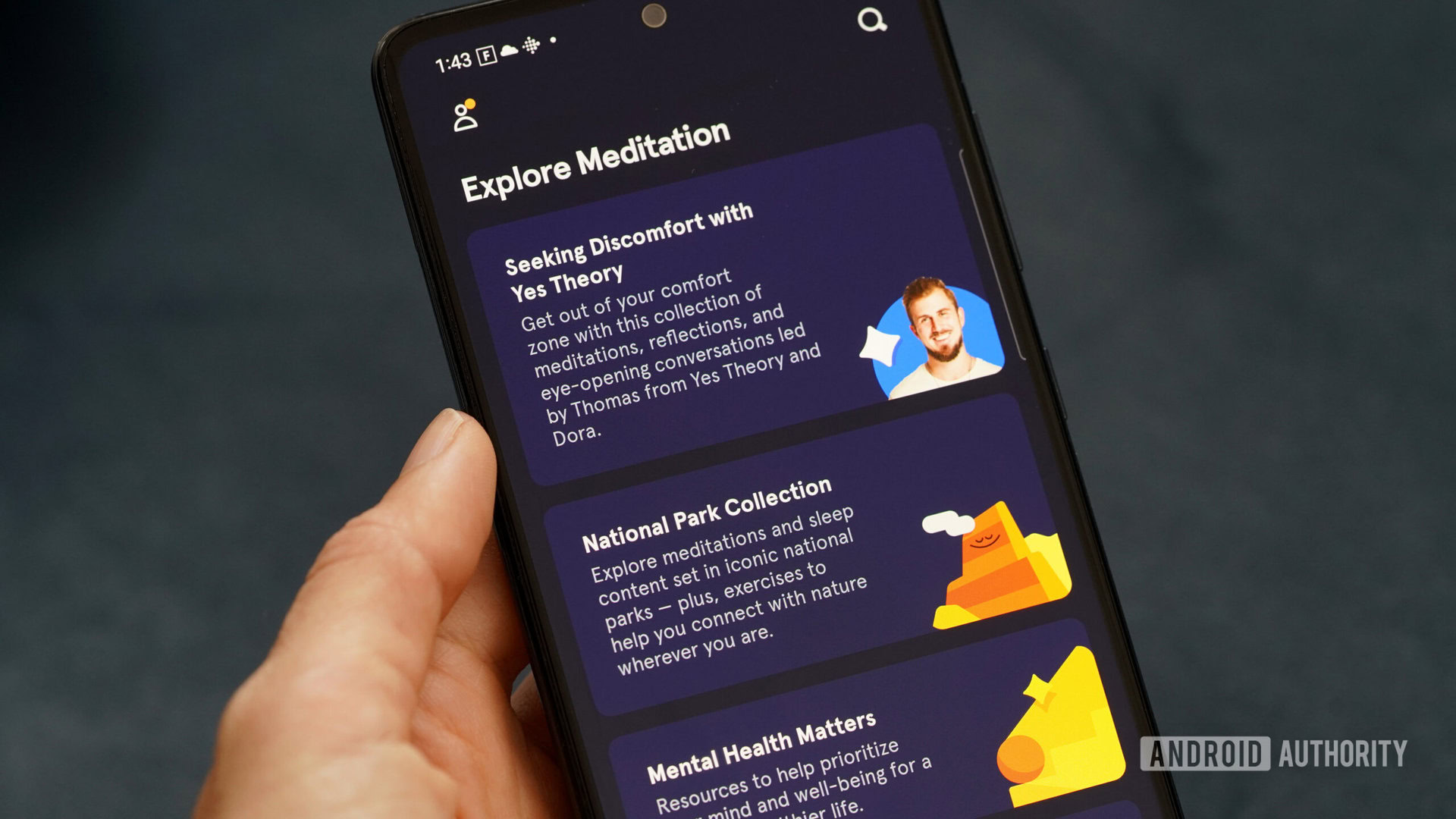
Meditation is an effective and inexpensive method of training your brain to live more mindfully. Regularly meditating has proven benefits, especially for mental health. Mediation apps help users hone their practice with relevant content, guided sessions, and personalized coaching.
Many apps feature large libraries of resources. These range from information about effective techniques to soundscapes and sleep tools. Meditation apps often remind you to practice or allow you to keep a mindfulness journal to track your progress. Some provide course structures useful to beginners. Regardless of your chosen app’s features, all mediation apps serve the same general purpose: Keeping mental health in mind.
What does each app cost?
Unfortunately, neither Headspace nor Calm is free.
Calm
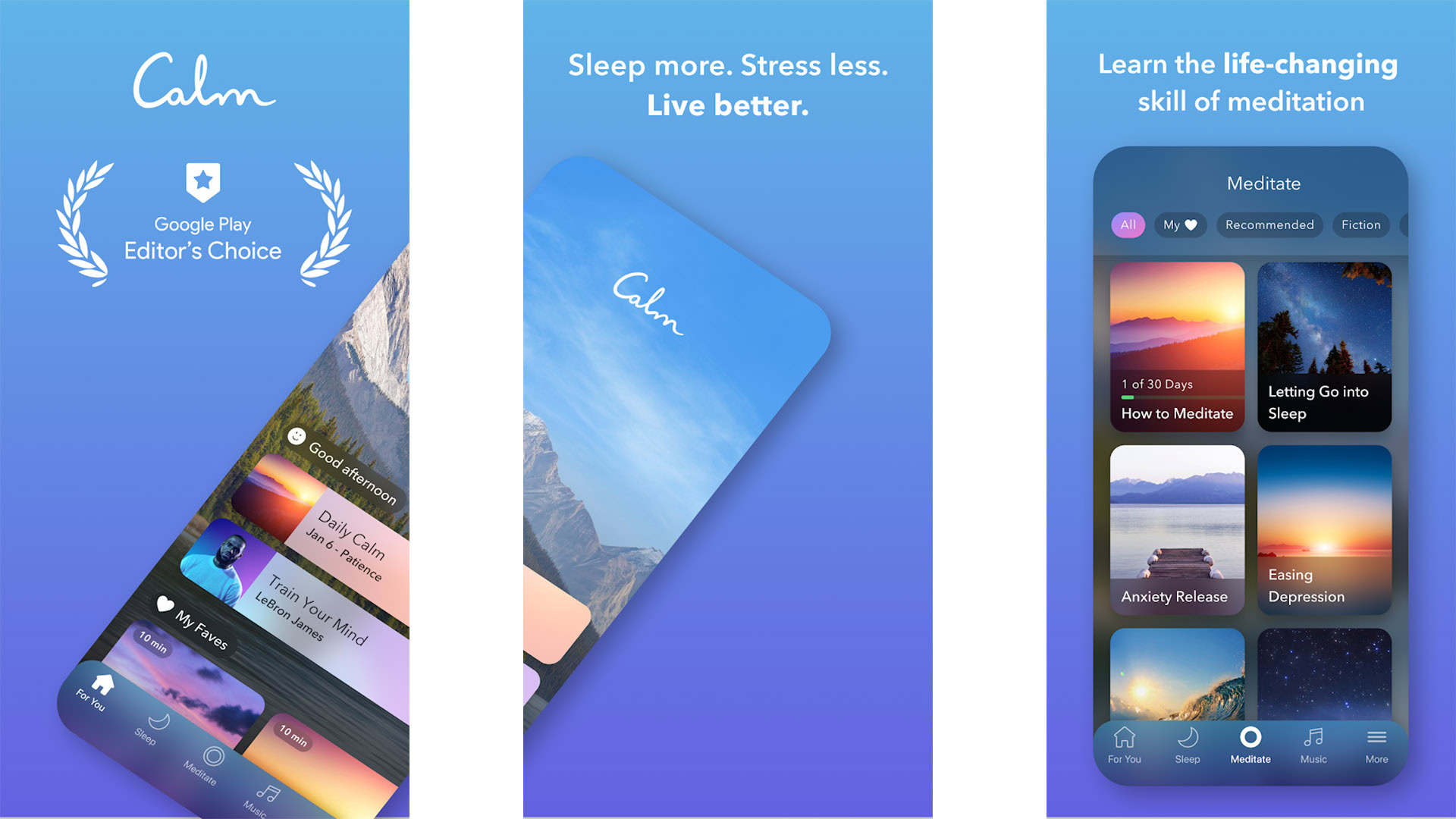
Calm offers limited content for free, but full access to the app requires a subscription. For the full experience, users need to pay for a subscription. Calm also offers a seven-day free trial.
- Annual subscription: $69.99 per year
- Lifetime subscription: $399.99
- Family plan: $99.99 per year
Headspace

Like Calm, Headspace offers limited free content. Headspace also offers free trial periods to let users determine if the app is a good fit.
- Regular subscription: $12.99 per month or $69.99 per year
- Family plan: $99.99 per year
- Student plan: $9.99 per month
- Teens and Educators: Free
Calm vs Headspace: At a glance
Both Headspace and Calm require subscriptions to access the best each app offers. They’re not cheap, but they do cost about the same. They also both feature considerable mindfulness content that many users find worth the price. Both apps are compatible with iOS and Android phones and receive regular positive reviews in the Google Play Store and App Store. Each links with Google Fit and Apple Health. Calm is available as a Wear OS app and an Apple Watch app. As of now, Headspace only offers an Apple Watch companion app.
When closely comparing Headspace vs Calm, the apps start to differ in structure. Though both feature a variety of tabs, Headspace users land on a Today tab with an organized guide to the current day’s practice. Calm users land on a Home tab with looser suggestions for exploring content. Beyond these landing screens, both feature additional tabs for dipping into more content. Headspace organizes its content under Meditate, Sleep, Move, and Focus tabs. Calm sticks to a general Discover tab and Profile tab.
Each app’s organization highlights the intended approach they promote regarding mindfulness. Headspace offers course structure, energetic animation, and exemplary guidance for beginners. Calm offers longer, relaxing content emphasizing soundscapes and user reflection.
What are their common features?
- Meditation sessions (timed and themed)
- Practice stats and streaks
- Mood check-ins and stress tracking
- Mindfulness tools (breathing exercises etc.)
- Sleep stories
- Soundscapes and music
- General guidance/resources
- Content for kids
Calm vs Headspace: What sets them apart?
As mentioned, each app has a unique emphasis. Differences in content organization, presentation, and overall aesthetic result in two very different apps. That said, the two competitors often adopt each other’s most popular features for a common overall experience.
Calm
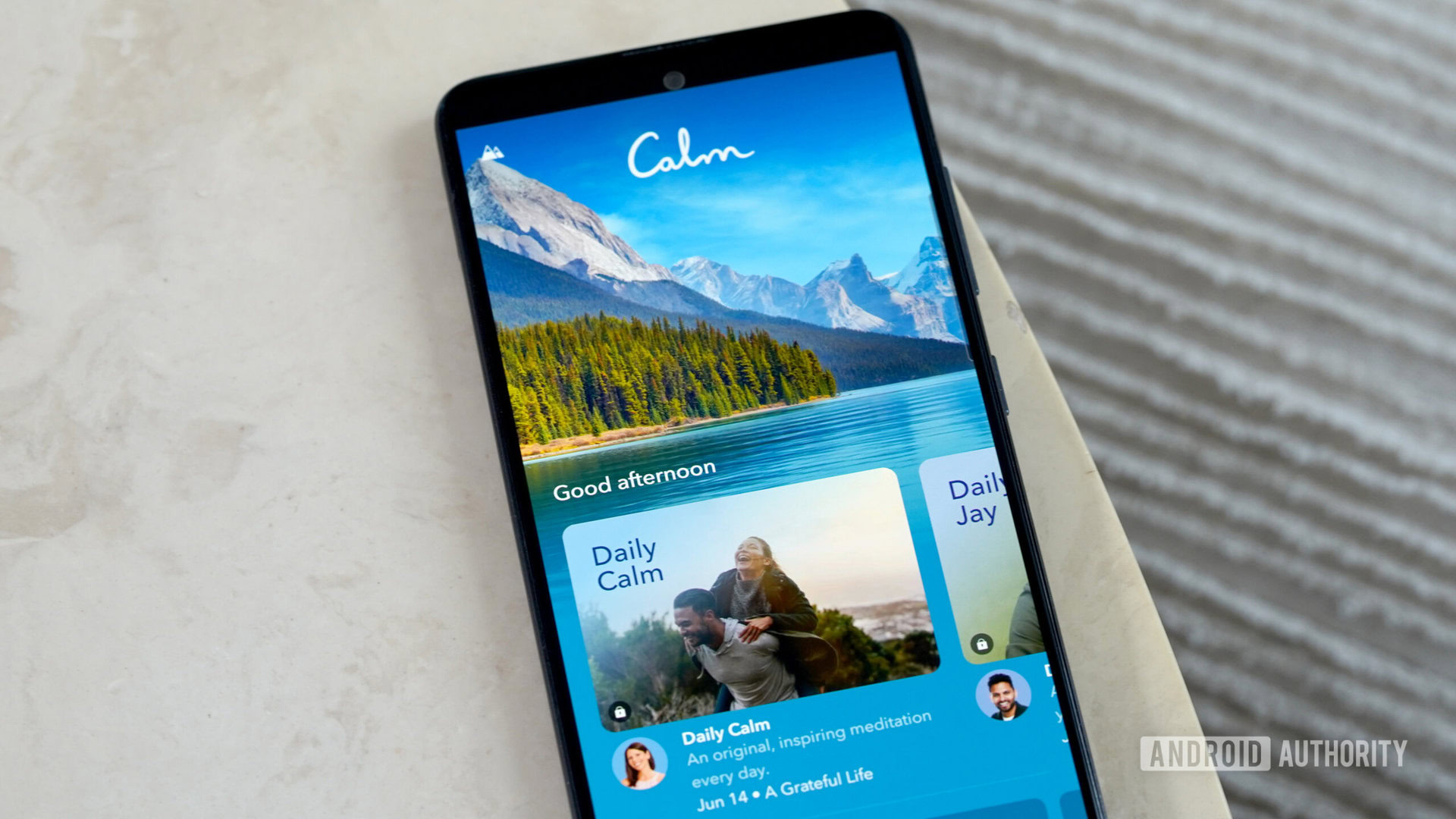
- Content: Less structured meditation for users with experience. Though the app offers training tools, it focuses more on self-guided meditation sessions, playlists, and soundscapes. Calm is especially well-regarded for its long-form sleep stories and wind-down music.
- Vibe: Calming, natural aesthetic heavy on landscape photography.
- Best for: Calm is best for those looking for robust sleep resources or with meditation experience who already have the tools and techniques to practice independently. It offers a quieter visual experience and calmer content.
Headspace
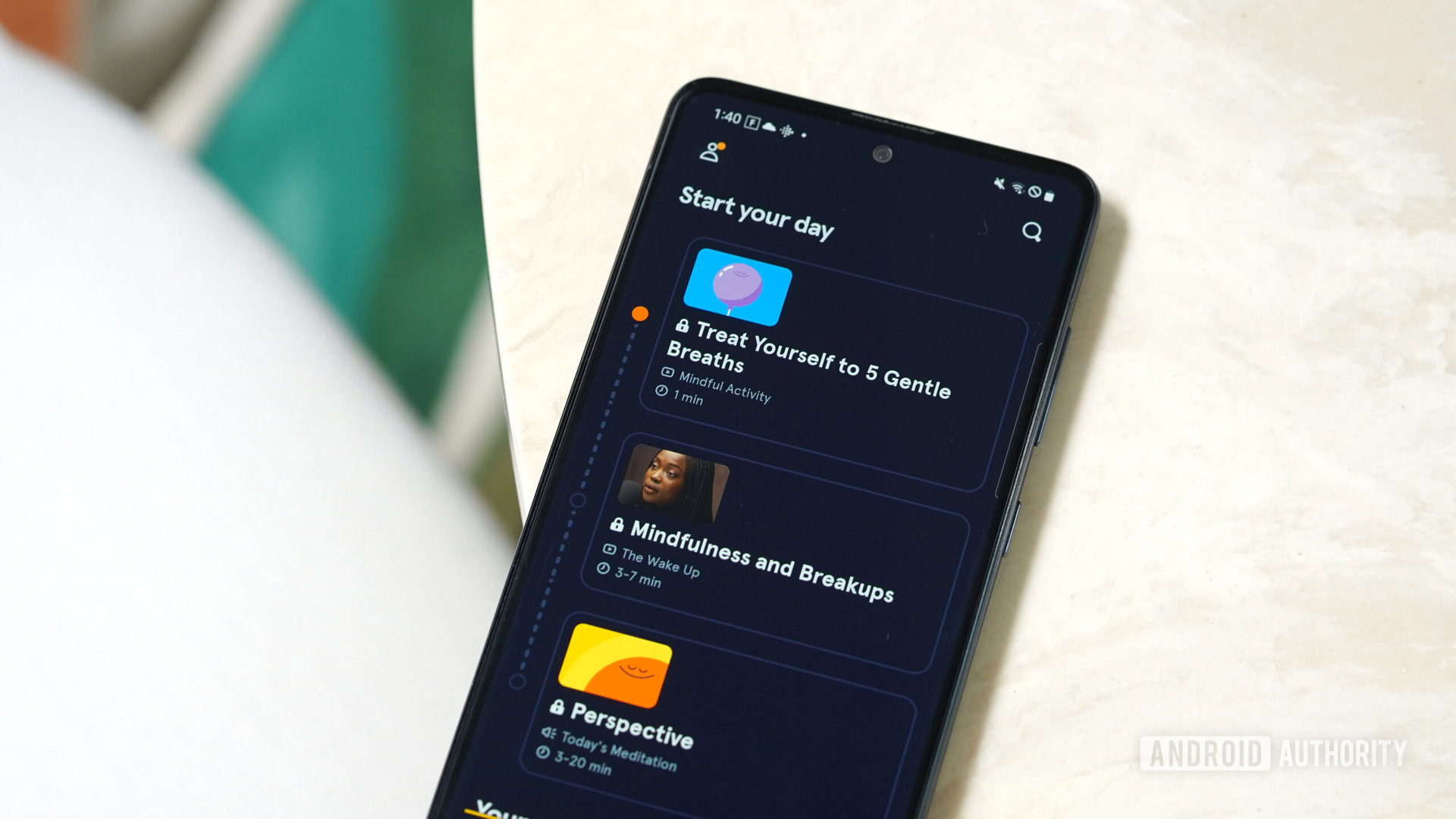
- Content: Structured daily to guide users through specific techniques and practices. The app includes meditation sessions, sleep resources, movement-based practices, focus and activity prompts, and soundscapes.
- Vibe: Bright, energetic aesthetic, including animated characters (like a sleepy moon).
- Best for: Anyone new to meditation and mindfulness who is looking to learn best practices and receive guidance. Headspace is especially good for beginners trying to fit meditation into a busy or active lifestyle.
Calm vs Headspace: The verdict
On Headspace, you’ll find a colorful and energetic platform with plenty of structure that’s great for anyone just getting started. The app rebuffs the classic spa-like zen you might expect to see from a mediation app in favor of cheerful animations. With guided meditations and structured daily content, Headspace is great for anyone new to meditation who wants to zero in on mindfulness tools.
On Calm, you’ll find a more traditional library of, well, calming content. Many users rave about their sleep resources, and for those already well-versed in managing their breath and quieting their minds, Calm is the right pick. That said, beginners can use Calm as well but may need to dig a little for beginner tips.
Overall, both apps consistently get rave reviews, so if you still aren’t sure which is the right fit, do your mental health a favor and start a free trial of each one! Likewise, while these are two of the most popular options, they aren’t the only ones. Comment below to share a favorite alternative you use.